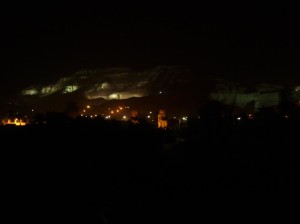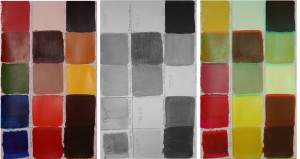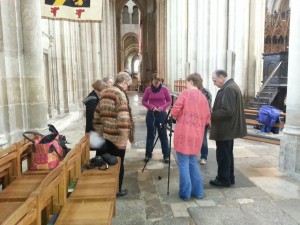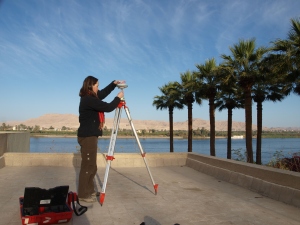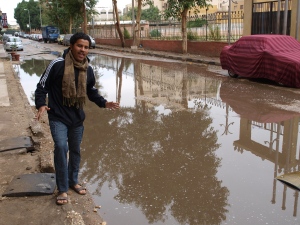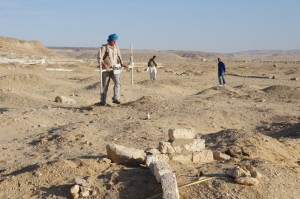
Antinoupolis Survey Magnetometry Commences
Trying to catch up with blog posts this week, on a slow internet connection and pushing the magnetometer survey forwards. Work is moving ahead with the survey of the necropolis of Antinoupolis. The area was gridded out last Saturday, with 10 hectares prepared, and the magnetometry has been moving forwards. The area in question is located between the north-western corner of the city, the Coptic cemetery to the west and the confines of the wadi to the north.
Continue reading →

